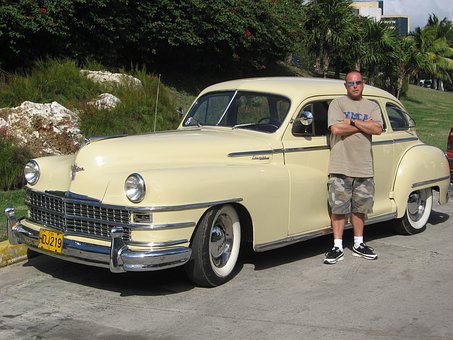Human Operators Help To Keep Flexible Automation Running

Flexible automation has gone through several steps to get to fully integrated
, computer supported operations. The process of manufacturing has moved from the manual phase, where most of the operations in production were done by hand. It has now moved to the phase where dependence on computers is very important called flexible automation. Even though the dependence of manufacturing has moved from totally resting on humans for support to resting more on computers, the human operators continue to be very important for the continued successful operation of manufacturing devices. Human operators help to delivery the flexibility to manufacturing processes. When flexible automation becomes part of company operations, staff must be trained in the proper care and ongoing maintenance of the equipment that is used.Flexible automation means that manufacturing is constructed to be much more adaptable to the factory environment in which it works. It is capable of producing products at high speeds and it can make different kinds of products with very little modification. Human operators are a major support resource that makes the flexible automation and adaptability of devices possible. Even though the effort that human operators have to put into the manufacturing process has been reduces quite a bit because of the load that machines have taken on, there are still required tasks that machines cannot do.
Equipment troubleshooting, especially when equipment is first installed, is purely a human task. All the tweaks that must be made to the different parts of devices to get the right combination of mechanical effort has to be done by operators. Ongoing maintenance and equipment repair are also tasks that have to be done by operators. The ability for staff to these types of jobs must be taught to them, usually by the manufacturers of the equipment or the solution integrators.. When all these tasks are done effectively the manufacturing processes will run continuously and successfully produce quality products. Tool changing and setup is another area that has to be handled by human operators. There are some cases when some of the tooling tasks are taken on by machinery, but the operators must monitor each of these type tasks to make sure that it is completed successfully.
Staff will assure that materials are available to the automated material handling system that services any automation. Watching over the unloading of completed products at the other end of the manufacturing process is also a task for which human operators should have responsibility. These are much less labor intensive roles than they have been in the past, but nonetheless important.

A very large part of the human interface with automation flexibility is through the programming and instruction sets that must be passed to the equipment. All of the programs that are fed into each controller for execution are written by some human some where. The equipment that is implemented in a given automation scenario can come with programs previously installed into the equipment by the solution provider. Programs can be available on disk from the equipment manufacturer so that they just have to be installed when the equipment is setup. These programs were written by staff at the provider or the manufacturer of the equipment. When changes need to be made in the instructions that are given by the controller to the other parts of the automation, programming changes to the program containing the instructions will have to be made by some staff that is supporting the equipment.
The hallmark of flexible automation is the ability to do more than one task well. This means that humans must write programs that will be loaded into controllers for automation to produce different results in different production jobs. Programs that may have been used in a current production job or programs that were used in jobs in the past will be kept in a library for loading and use in the future, if they are needed. Operator data input during the execution of an automation program is important for continuous production. Some programs and production jobs require that a human operator answer a question or respond to the production program in some way in order for the production job to continue processing. These production programs that require these kinds of physical response should be decreasing over time as device design and programming for production becomes more mature and these responses are not needed to get the job done effectively. It is felt that technology will shrink the need of human intervention with production as time goes on. Controllers will soon require only very limited responses to continue operation. Improved machine design and program development should cause this to be a reality, if it has not already.
by: John Mitchell